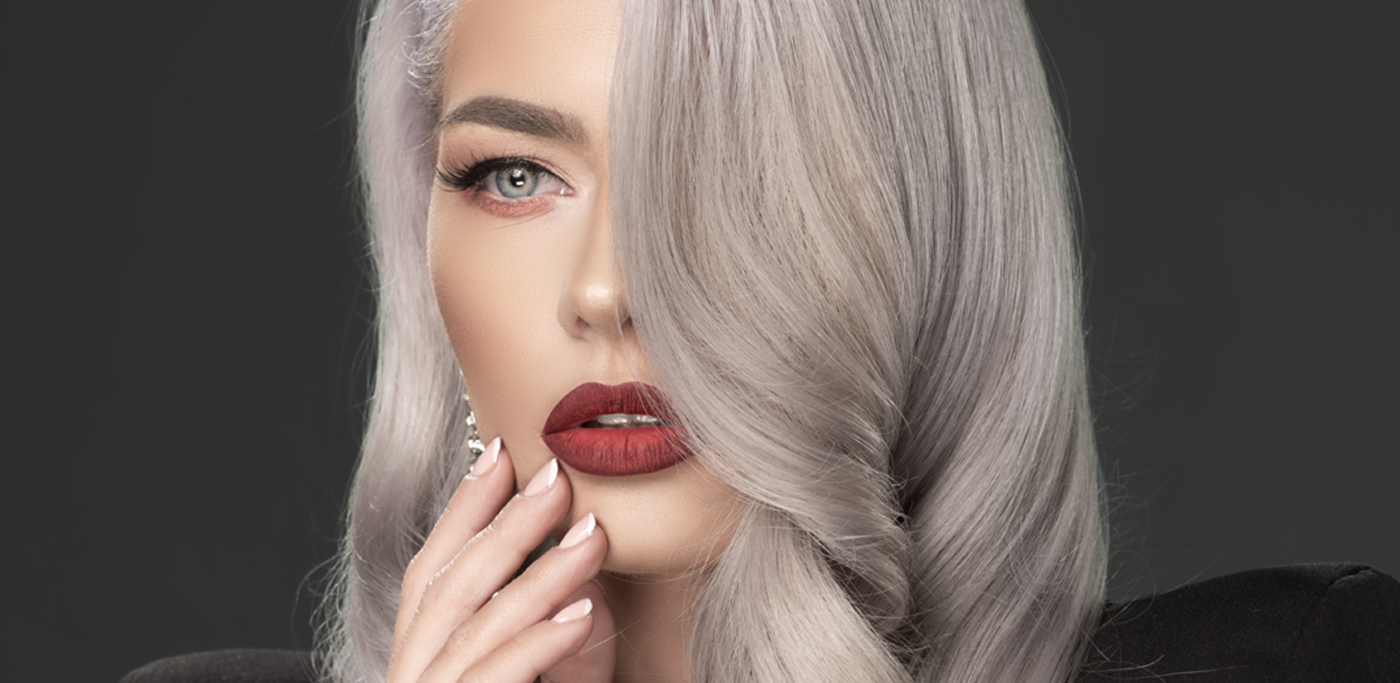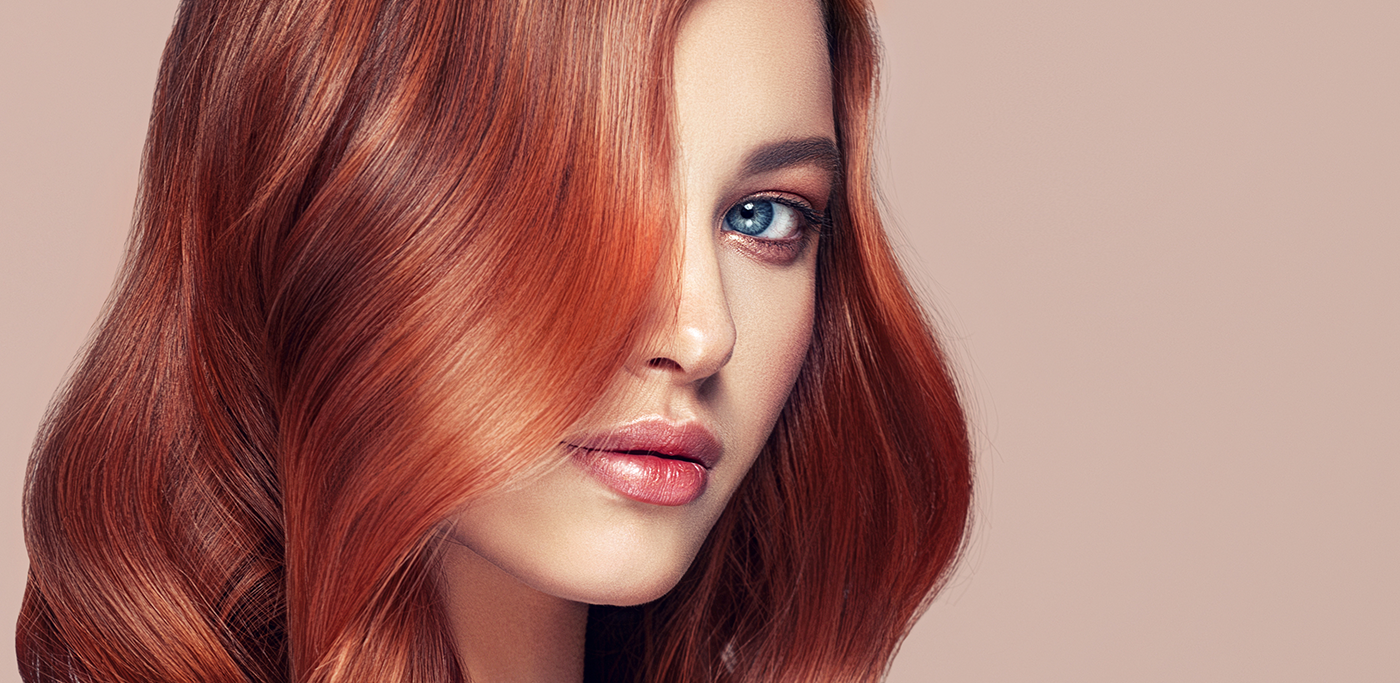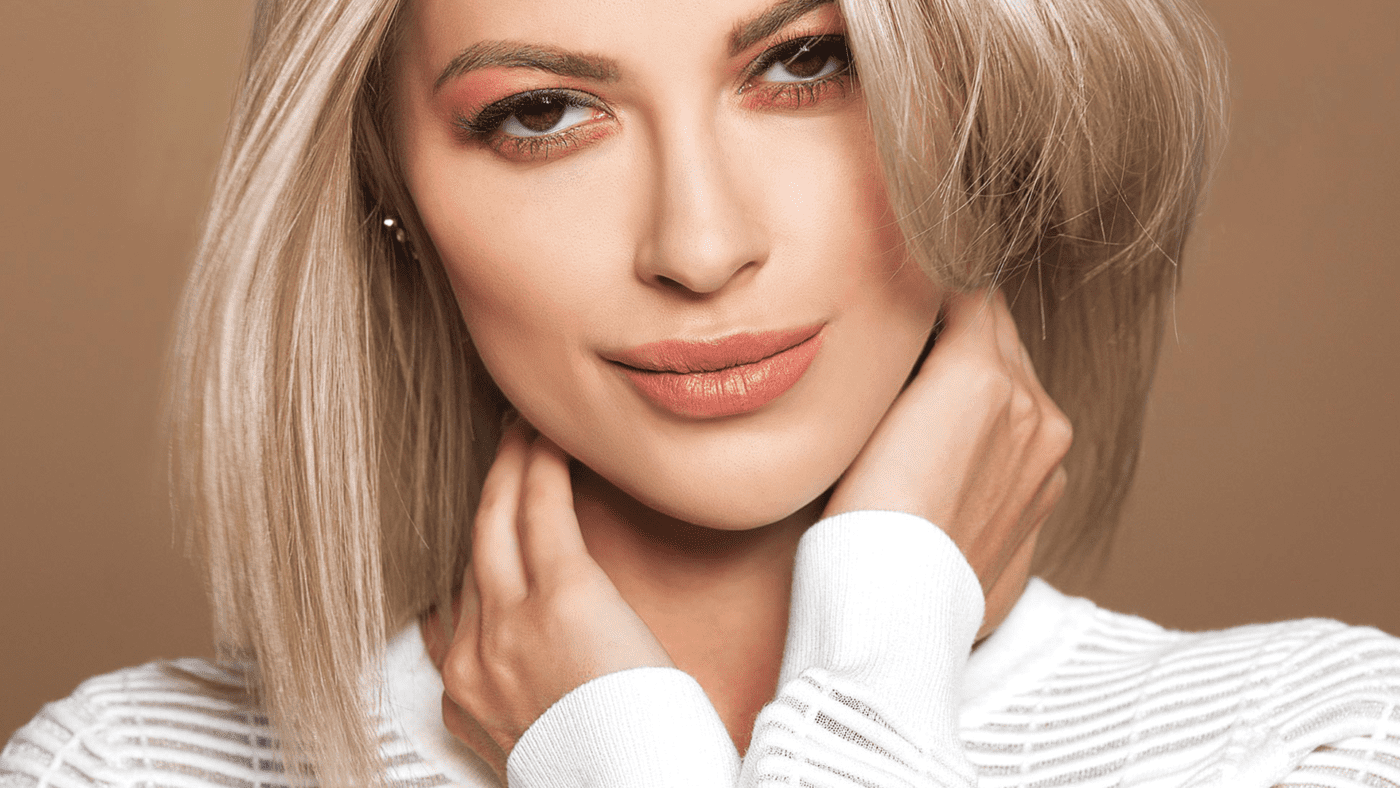Blonde is both bold and beautiful. Many clients may choose to try a blonde shade once in a while to change up their look or to make a statement. The blonde bombshell has long been a symbol of glamour and sex appeal with many celebrities being known for their golden locks, so it’s no wonder […]
Category Archives: Hair Coloring
Variety is the spice of life, and changing one’s natural hair color to something new can spice things up. In this season of beautiful colors adopting a new hue for one’s hair is often a way to celebrate a coming return of warmth and vibrance. But for those who are reluctant to commit to a […]
Spring is coming, and as a season synonymous with vibrant colors it’s only natural that people would want to add a dash of that vibrance to their hair. All-Nutrient has them covered with their Professional Haircolor line of hair colors. While flowers make ready to bloom, showing off gorgeous hues to accompany their pleasing scents, […]
A landmark study revealed the shocking rise in microplastics inside the human body, detected in 77% of people tested*. Yet another example of toxic increases in “body burden”. Body burden is the scientific term for the amount of foreign chemical and particles that enter the body and blood. Once upon a time clean, green and […]






